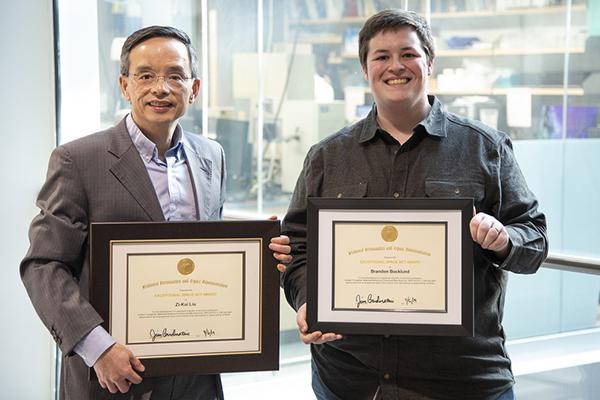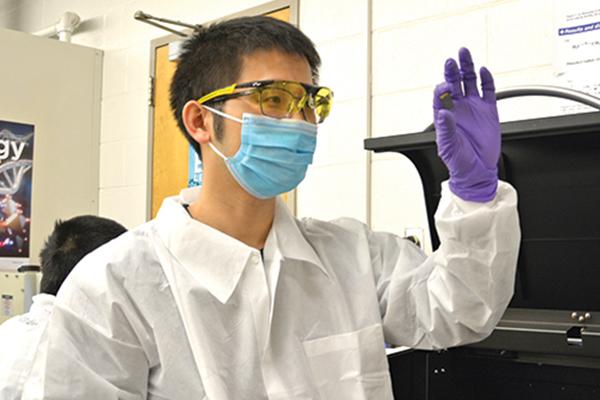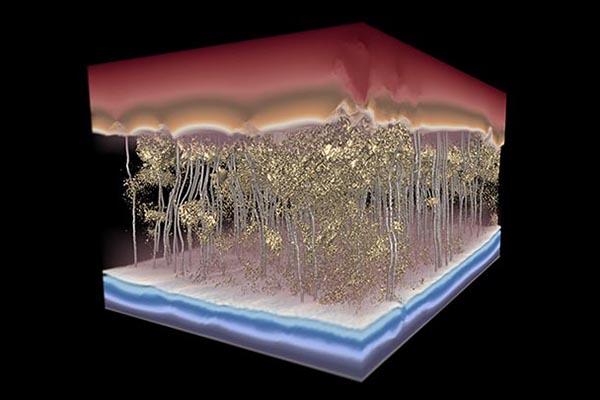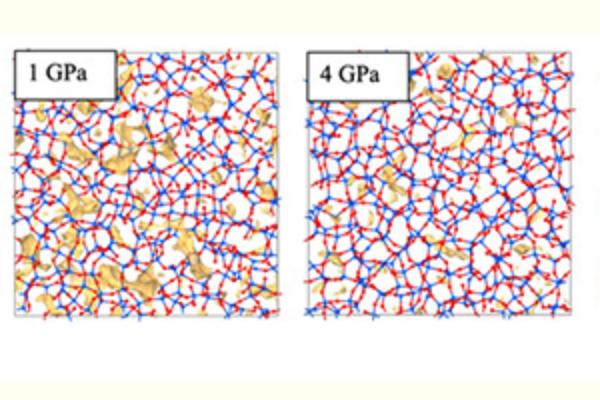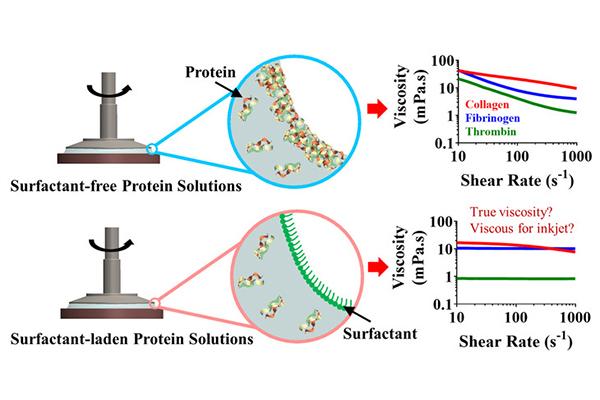In September 2019, a US National Science Foundation (NSF)-supported workshop, “The Enrollment Floodgates Are Open—Best Practices in Materials Science and Engineering Undergraduate Education for Rising Enrollments,” was held at The Pennsylvania State University. In attendance were representatives in leadership positions from universities, a variety of companies, national laboratories, and government organizations. This group (Figure 1) met over three days to discuss the steady and significant rise in undergraduate students graduating with degrees in materials science and engineering (MSE) over the last decade as a result of rising enrollments in many existing MSE programs and the creation of new undergraduate programs. The workshop attendees discussed the impact of these changes on the educational mission and opportunities for employment and the establishment of best practices for the future.
Range anxiety, the fear of running out of power before being able to recharge an electric vehicle, may be a thing of the past, according to a team of Penn State engineers who are looking at lithium iron phosphate batteries that have a range of 250 miles with the ability to charge in 10 minutes.
A research team at Penn State aims to develop ultrahigh temperature materials for gas turbine use in the aviation and power generation industries, through computational design, advanced manufacturing techniques and systematic characterization.
Shashank Priya sees a future where instead of throwing away broken electronics, those devices heal themselves, and where machines evolve, even changing their form and function, to adapt to the task at hand.
The NASA Pennsylvania Space Grant Consortium is accepting applications for the 2021-22 Undergraduate Scholarship Program. The statewide program awards a limited number of one-year scholarships to rising juniors and seniors who are enrolled full-time at an accredited Pennsylvania college or university.
The NASA Pennsylvania Space Grant Consortium (PSGC) is currently accepting applications to its graduate research fellowship program.
Reactive molecules, such as free radicals, can be produced in the body after exposure to certain environments or substances and go on to cause cell damage. Antioxidants can minimize this damage by interacting with the radicals before they affect cells.
A desalination membrane acts as a filter for salty water: push the water through the membrane, get clean water suitable for agriculture, energy production and even drinking. The process seems simple enough, but it contains complex intricacies that have baffled scientists for decades — until now.
Rapid, accurate communication worldwide is possible via fiber optic cables, but as good as they are, they are not perfect. Now, researchers from Penn State and AGC Inc. in Japan suggest that the silica glass used for these cables would have less signal loss if it were manufactured under high pressure.
Fibrous proteins such as collagen and fibrinogen form a thin solid layer on the surface of an aqueous solution similar to the “skin” that forms on warm milk, according to a team of Penn State Researchers, who believe this finding could lead to more efficient bioprinting and tissue engineering.




